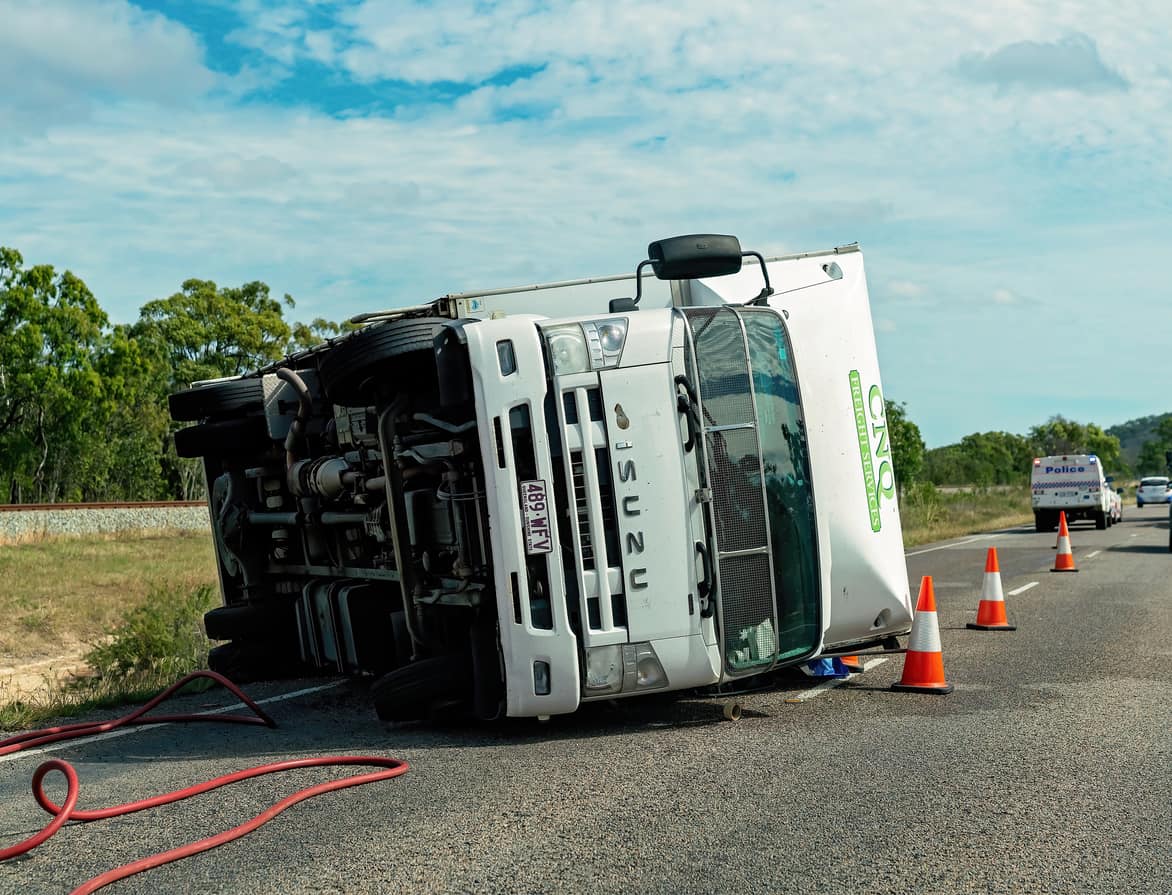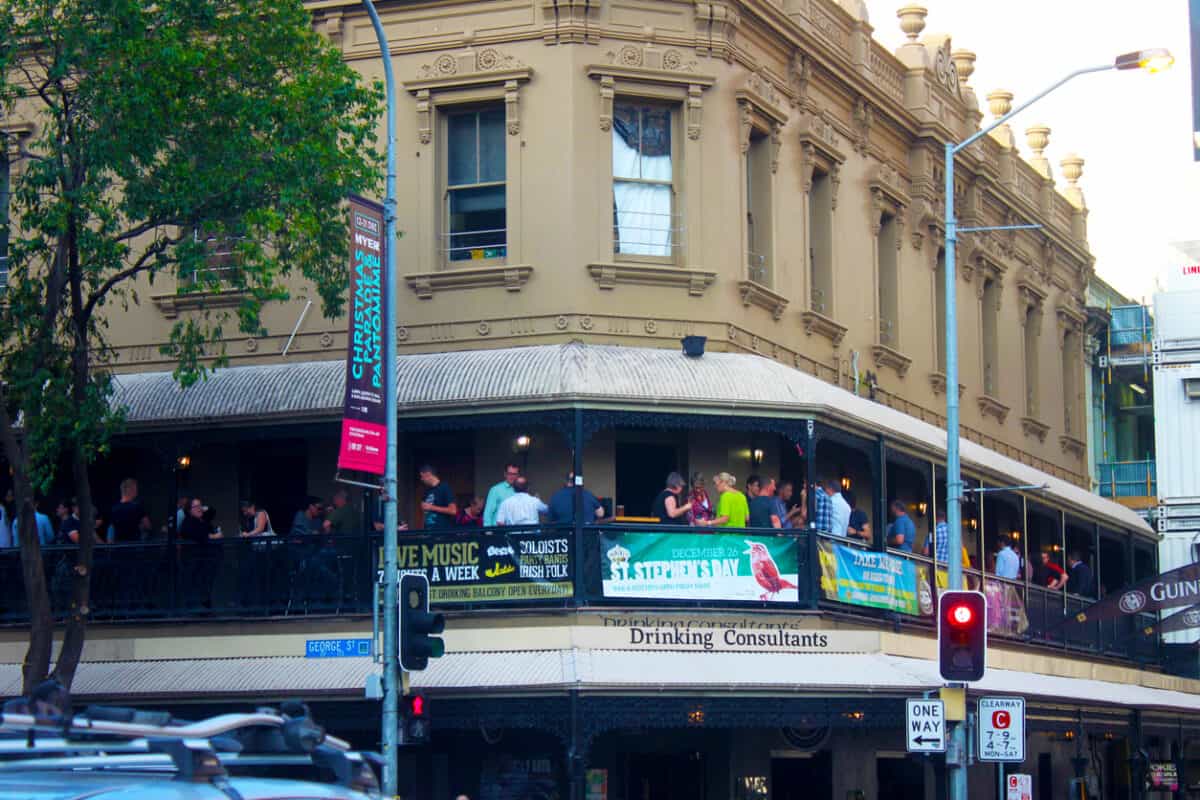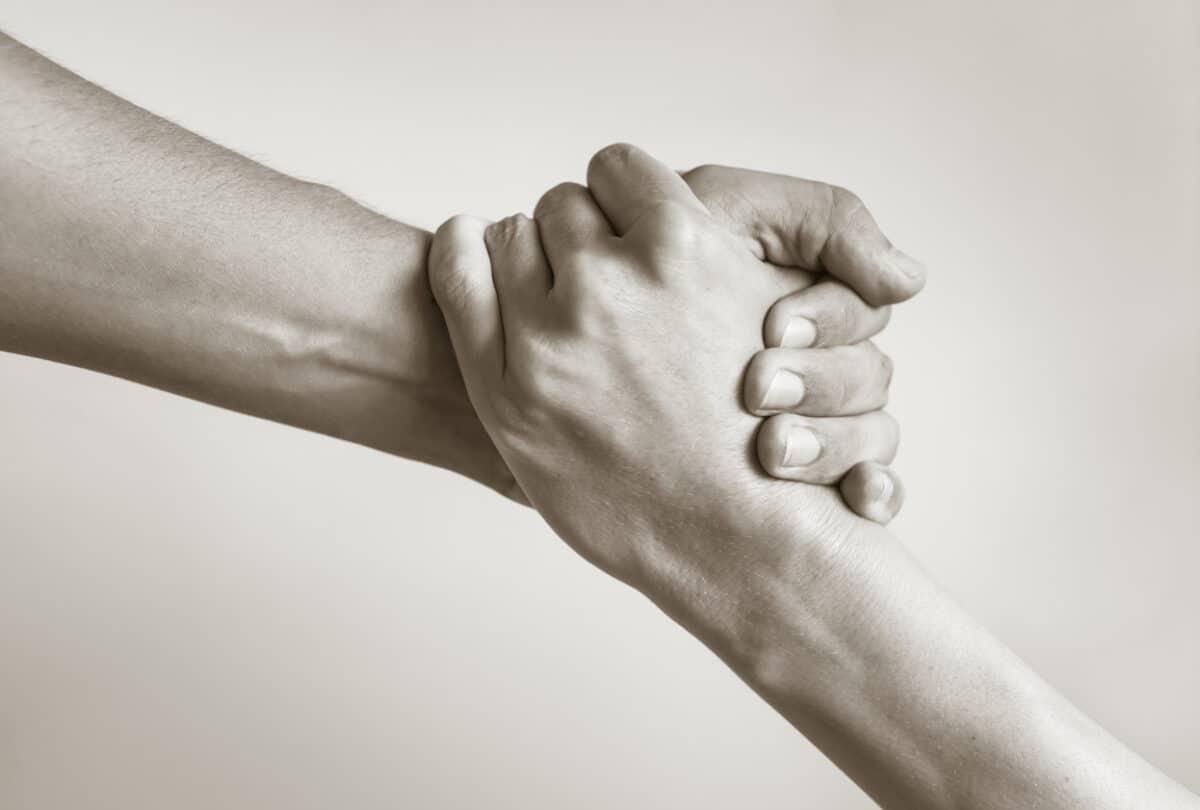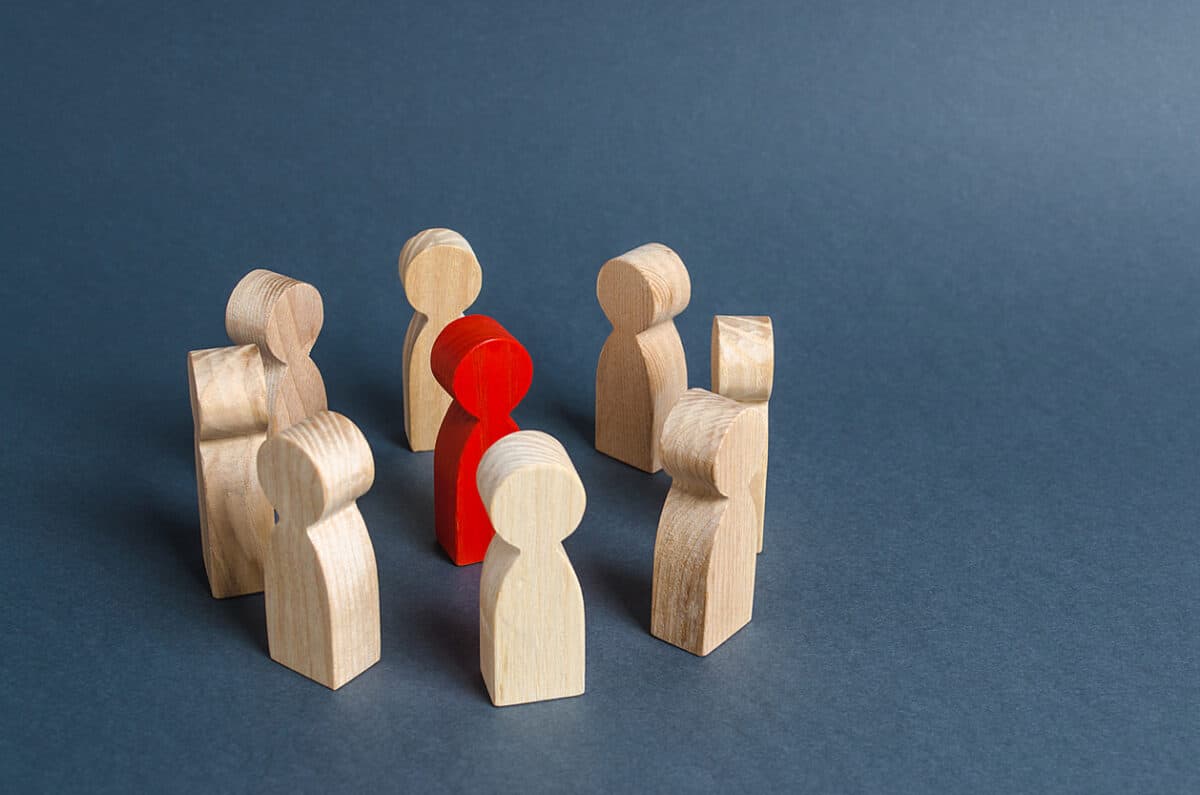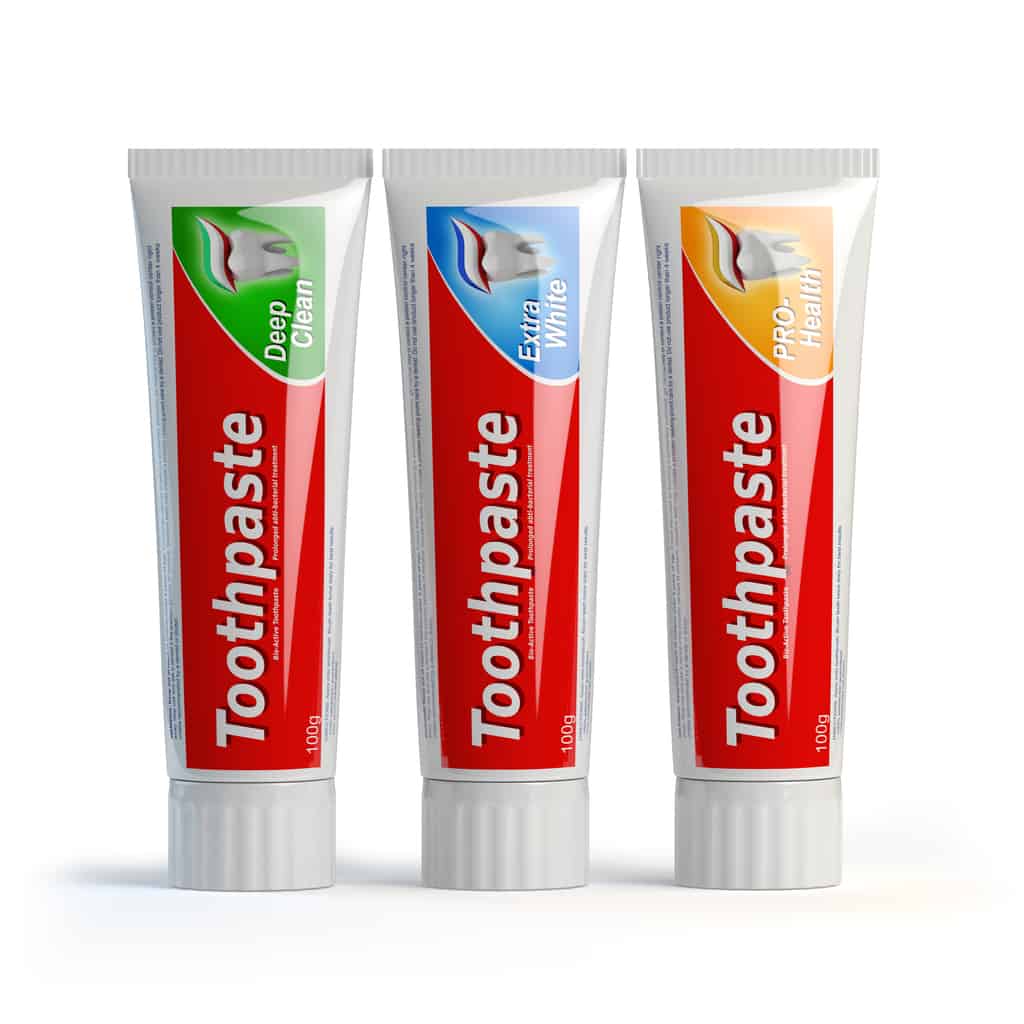In March 2021, WorkSafe Victoria released new statistics about workplace fatalities, but you would not know it unless you subscribed to WorkSafe’s news. Internet searches for Minister Ingrid Stitt and workplace safety for March only turns up WorkSafe actions on sexual harassment, but the March 16, 2021 media statement should have broader ramifications.
Category: risk
OHS in IR’s shadow
In the world of work, industrial relations (IR) continues to lead discussions with occupational health and safety (OHS) as an additional motivator of change (If we’re lucky) or a consequence of IR negotiations, for which we are supposed to be grateful. This seemed to be on display again in one Australian Senate Committee hearing in March 2021.
The Senate’s Economics Reference Committee sat in Melbourne on March 11, 2021. The inquiry hearing was part of the investigation into the “the causes, extent and effects of unlawful non-payment or underpayment of employees’ remuneration by employers and
measures that can be taken to address the issue…”, more commonly referred to as “wage theft”.
The duty of care to “others”
In 2019 a man took his own life while being detained in the Villawood Immigration Detention Centre. At the time media reports said that the death was being referred to the appropriate authorities and the New South Wales Coroner.
On March 10, 2021, Comcare charged:
“The Department of Home Affairs and its healthcare provider (IHMS) ……with breaching Commonwealth work health and safety laws over the death of a man in immigration detention.”
Such an action against a government department under occupational health and safety (OHS) was always possible, as SafetyAtWorkBlog and others discussed in 2016.
Wage theft and work health and safety
Many large and small Australian businesses have been exposed as underpaying staff. This exploitation is gradually being addressed in law firms, according to a report this morning in the Australian Financial Review (paywalled). In the context of occupational health and safety (OHS) though, the description in the first paragraph of “crippling workloads” is an important mention of relevance.
Reporter Hannah Wootton and David Marin-Guzman do not focus on the OHS and mental health aspects of these workloads in this article as underpayment is the focus, but they touch on OHS matters later when mentioning the Hayne royal commission:
“The royal commission sparked reports, including to workplace safety regulators, of crippling work hours that put lawyers’ health at risk and resulted in many sleeping at work.”
What Australia can learn from other Parliaments about sexual harassment and assaults
Brittany Higgins alleges that she was raped in her employer’s office by a work colleague after a night of drinking. Since mid-February 2021, other women have claimed to have been sexually assaulted in Parliament. The Attorney-General, Christian Porter, is taking some leave after revealing himself to be the person behind historical rape allegations. At the moment, Australian politics is wrapped up in itself over these scandals. Still, similar scandals have happened in other Parliaments, and the responses to these may provide guidance for Australia.
A small survey of female parliamentarians and staff in Europe in 2018 found the following
▪ 85.2 per cent of female MPs who took part in the study said that they had suffered psychological violence in the course of their term of office.
▪ 46.9 per cent had received death threats or threats of rape or beating.
▪ 58.2 per cent had been the target of online sexist attacks on social networks.
▪ 67.9 per cent had been the target of comments relating to their physical appearance or based on gender stereotypes.
▪ 24.7 per cent had suffered sexual violence.
▪ 14.8 per cent had suffered physical violence.
Now there is too much mental health information, and it’s like toothpaste
Australia is experiencing a boom in occupational health and safety (OHS) information about work-related psychological harm, including sexual harassment at work. This level of information is long overdue, but a consequence of this “boom” is that employers can be very confused about which information to use and which source they should trust or even what relates to their specific circumstances, especially after years of denying there is a problem.
Putting on my consultant hat, I would advise any State-based organisation to comply with the OHS guidances issued by that State’s OHS regulator. If a national company, look towards the guidance of Comcare or Safe Work Australia for the national perspective. The challenge is greater for companies that operate in multiple States, but these have been rumoured to be less than 10% of Australian businesses. If multi-State, they should be big enough to have the resources for OHS compliance.
However, some State-based mental initiatives have evolved into a national platform.
Gig OHS struggles to break through
Last week Australia’s Attorney-General, Christian Porter (Liberal Party), spoke of the occupational health and safety (OHS) of gig workers in the food delivery sector and illustrated a perspective that is less helpful than it could be.

